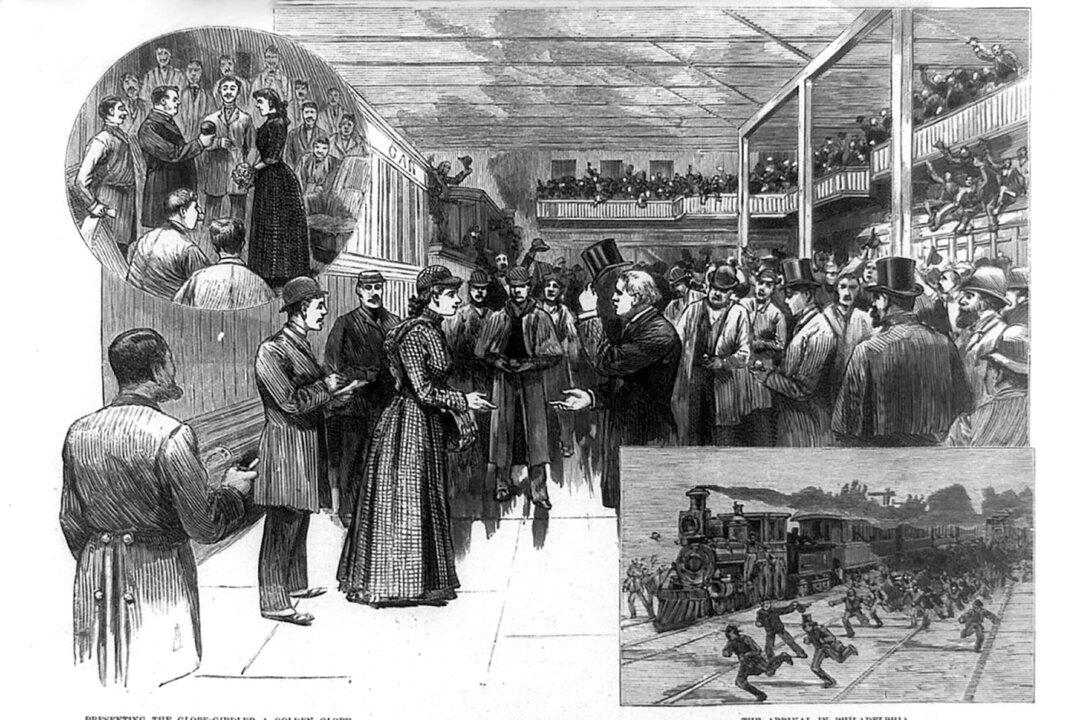During her professional career, Elizabeth Cochrane made a name for herself as a reporter writing under the pen name Nellie Bly. Her work would open up the whole new world of investigative reporting.
Cochrane started her career as a reporter for the Pittsburgh Dispatch. She got the job after she wrote a letter to the editor of the Pittsburgh Dispatch to refute claims made in a column entitled “What Girls Are Good For.” The editor enjoyed her passion when she fervently opposed the sentiments that women were to be kept in the house and out of the workforce.






